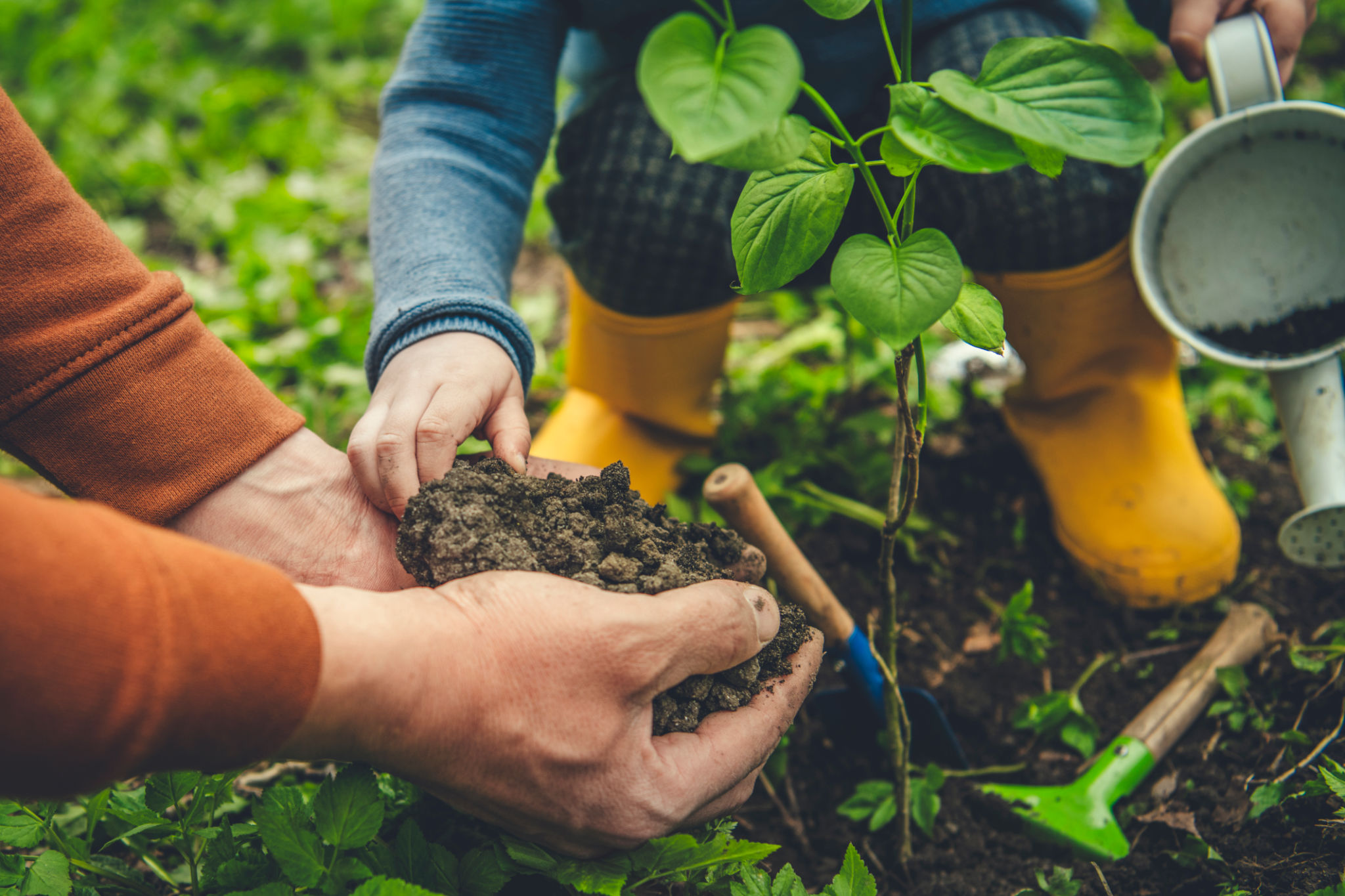Seasonal Learning: Engaging Spring Activities for Preschoolers
Exploring Nature
Spring is the perfect time to get preschoolers excited about learning through exploration and discovery. As the world around them awakens with vibrant colors and new life, young children can engage with nature in a way that stimulates their curiosity and enhances their understanding of the environment. One of the simplest yet most rewarding activities is going on a nature walk.
During a nature walk, encourage children to observe the changes in their surroundings. They can collect different types of leaves, flowers, and small rocks, which can be used later for crafting. This activity not only teaches them about different species of plants but also helps develop their observational skills.

Gardening Fun
Gardening is another engaging spring activity that can cultivate a love for nature in preschoolers. Children can learn about plant growth by starting their own mini-garden. Whether it's planting seeds in the backyard or using small pots indoors, gardening offers hands-on experience with the life cycle of plants.
As they water and care for their plants, children learn responsibility and patience. Additionally, they can practice counting and measuring when monitoring plant growth. Try growing simple plants like sunflowers or beans, which show noticeable changes in a short period.

Creative Arts and Crafts
Springtime offers endless inspiration for arts and crafts. With the abundance of natural materials available, preschoolers can create beautiful spring-themed art projects. Use collected leaves, petals, and twigs to make collages or create a nature-inspired picture frame.
Another fun craft idea is making flower crowns or bracelets using dandelions or other wildflowers. These crafts encourage creativity and allow children to express themselves through art while appreciating the beauty of spring.

Springtime Science Experiments
Introduce simple science experiments that highlight the wonders of spring. One popular experiment is observing how plants absorb water using white flowers and colored water. As the flowers change color, children learn about capillary action and how plants get nutrients from the soil.
Another exciting experiment is making rain in a jar, which demonstrates the water cycle. By using simple materials like hot water, ice cubes, and a glass jar, preschoolers can see how condensation and precipitation work in nature.
Outdoor Games and Activities
Incorporating physical activity into learning is essential for preschoolers' development. Spring provides ample opportunities for outdoor games that promote coordination and teamwork. Classic games like tag, hopscotch, or relay races can be enjoyed in a nearby park or backyard.
Consider organizing a scavenger hunt where children search for items like feathers, pinecones, or animal tracks. This not only keeps them active but also sharpens their problem-solving skills as they follow clues and complete tasks.

Storytime in Nature
Combine literacy with outdoor exploration by setting up storytime sessions in nature. Choose books that highlight spring themes such as growth, animals, or weather changes. Sitting under a tree or on a picnic blanket creates a calming environment that enhances the storytelling experience.
After reading, engage the children with questions about the story or encourage them to share what they observed in nature related to the book's theme. This activity nurtures their listening skills and fosters a love for reading.
By incorporating these engaging spring activities into your preschool curriculum, you provide children with enriching experiences that combine education with fun. These hands-on activities help young learners connect with their environment while fostering essential skills that will benefit them throughout their educational journey.
